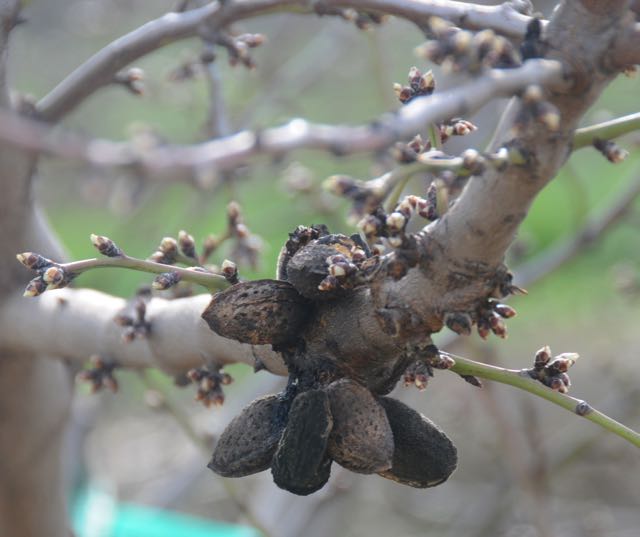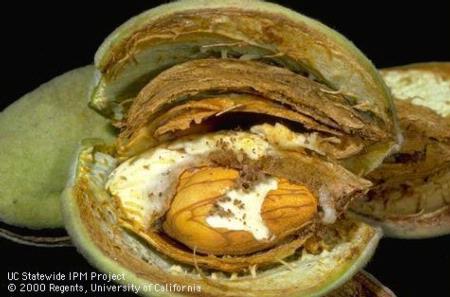Mummy Shake Video Contest Announced
Almond Board’s Video Contest Helps Remind Growers of Mummy Nut Sanitation
The Almond Board of California is excited to announce its third-annual Mummy Shake Video Contest, and we would deeply appreciate your help in spreading the word about this year’s competition. This contest is aimed at helping remind growers to break the link between mummy nuts (nuts left on the tree after harvest) and overwintering navel orangeworm (NOW).
NOW is the primary insect pest in California almonds, posing a high risk to the crop as the worms bore into the nut and feed on the nutmeat. This not only damages the nut but also opens the door to Aspergillus molds that can produce aflatoxins, a food safety contaminant.
To participate in this contest, almond industry and allied industry members are invited to submit a video of their families dancing – or even singing – along to The Mummy Shake! This year’s contest will run from Monday, Oct. 26, and end at 11:59 p.m. PT on Friday, Nov. 20. The winner of this year’s contest will receive a $500 Amazon gift card. Entries will be judged based on enthusiasm, creativity and composition, and a full list of contest rules may be found at Almonds.com/MummyShakeRules.
If you’re interested in helping us promote this year’s contest, please let me know. Sharing this event with industry stakeholders could include anything from mentioning the contest dates in an online calendar, sharing the contest in an email newsletter or on a social media page, or even giving the contest a shout out during a radio segment. Here’s some quick links to various mummy shake/NOW information that you may use in your promotions:
- Rules page: Almonds.com/MummyShakeRules.
- NOW information page: https://www.almonds.com/
almond-industry/orchard- management/crop-protection/ navel-orangeworm - Mummy Shake Video: https://youtu.be/mGsoV5ceFeo
- Mummy Shake lyrics page: https://www.almonds.com/sites/
default/files/2020-05/Mummy% 20Shake%20Video%20Lyrics.pdf - Stay tuned for upcoming articles on the importance of winter sanitation (a.k.a. mummy shaking), posted to our Industry News page: https://www.almonds.com/
almond-industry/industry-news? field_topic_target_id=All& year=all&page=0













